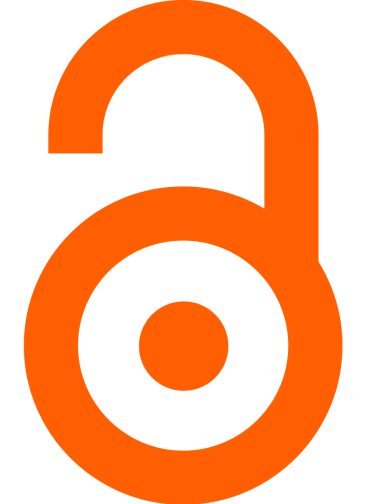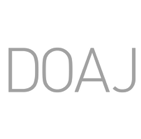Aquaculture Environment Interactions Q1
 Unclaimed
Unclaimed
Aquaculture Environment Interactions is a journal indexed in SJR in Aquatic Science and Management, Monitoring, Policy and Law with an H index of 47. It is an CC BY Journal with a Single blind Peer Review review system, and It has a price of 1550 €. The scope of the journal is focused on sustainability, aquaculture, environment, interaction, ecology. It has an SJR impact factor of 0,843 and it has a best quartile of Q1. It is published in English. It has an SJR impact factor of 0,843.
Type: Journal
Type of Copyright: CC BY
Languages: English
Open Access Policy: Open Access
Type of publications:
Publication frecuency: -



1550 €
Inmediate OANPD
Embargoed OA- €
Non OAMetrics
0,843
SJR Impact factor47
H Index19
Total Docs (Last Year)77
Total Docs (3 years)1484
Total Refs252
Total Cites (3 years)77
Citable Docs (3 years)2.57
Cites/Doc (2 years)78.11
Ref/DocOther journals with similar parameters
Reviews in Aquaculture Q1
Fish and Fisheries Q1
Reviews in Fish Biology and Fisheries Q1
Journal of Geophysical Research Q1
Reviews in Fisheries Science and Aquaculture Q1
Compare this journals
Aims and Scope
Best articles by citations
Potential of aquacultural sludge treatment for aquaponics: evaluation of nutrient mobilization under aerobic and anaerobic conditions
View moreRapid morphological divergence of cultured cod of the northwest Atlantic from their source population
View moreBacterial community composition of flocculent matter under a salmonid aquaculture site in Newfoundland, Canada
View moreEffects of freshwater input and mariculture (bivalves and macroalgae) on spatial distribution of nanoflagellates in Sungo Bay, China
View moreDiffusive methane emissions from temperate semi-intensive carp ponds
View moreIndirect effects of fish cage aquaculture on shallow Posidonia oceanica seagrass patches in coastal Greek waters
View moreEffects of salmon lice infection on the behaviour of sea trout in the marine phase
View moreSampling planktonic salmon lice in Norwegian fjords
View morePotential effects of global climate change on National Fish Hatchery operations in the Pacific Northwest, USA
View moreImpacts of an integrated multi-trophic aquaculture system on benthic nutrient fluxes: a case study in Sanggou Bay, China
View moreToward a model-based prediction system for salmon lice infestation pressure
View moreEffect of substrate type and pellet age on the resuspension of Atlantic salmon faecal material
View moreEffects of offshore tuna farming on benthic assemblages in the Eastern Mediterranean
View moreHigh host densities dilute sea lice Lepeophtheirus salmonis loads on individual Atlantic salmon, but do not reduce lice infection success
View moreDetrital protein contributes to oyster nutrition and growth in the Damariscotta estuary, Maine, USA
View moreMachine learning analyses of bacterial oligonucleotide frequencies to assess the benthic impact of aquaculture
View moreAn effective method for the recapture of escaped farmed salmon
View moreFast water currents reduce production performance of post-smolt Atlantic salmon Salmo salar
View moreSpatiotemporal distribution of coastal and oceanic Atlantic cod Gadus morhua sub-groups after escape from a farm
View moreOptimal estimation of lice release from aquaculture based on ambient temperatures
View moreFish welfare based classification method of ocean current speeds at aquaculture sites
View moreUsing macroalgal bioindicators to map nutrient plumes from fish farms and other sources at a bay-wide scale
View moreBeneficial effects of fish stocking on performance and pest control in the lotus field system
View moreMeasuring the effects of bivalve mariculture on water quality in northern New Zealand using 15 years of MODIS-Aqua satellite observations
View more
Comments